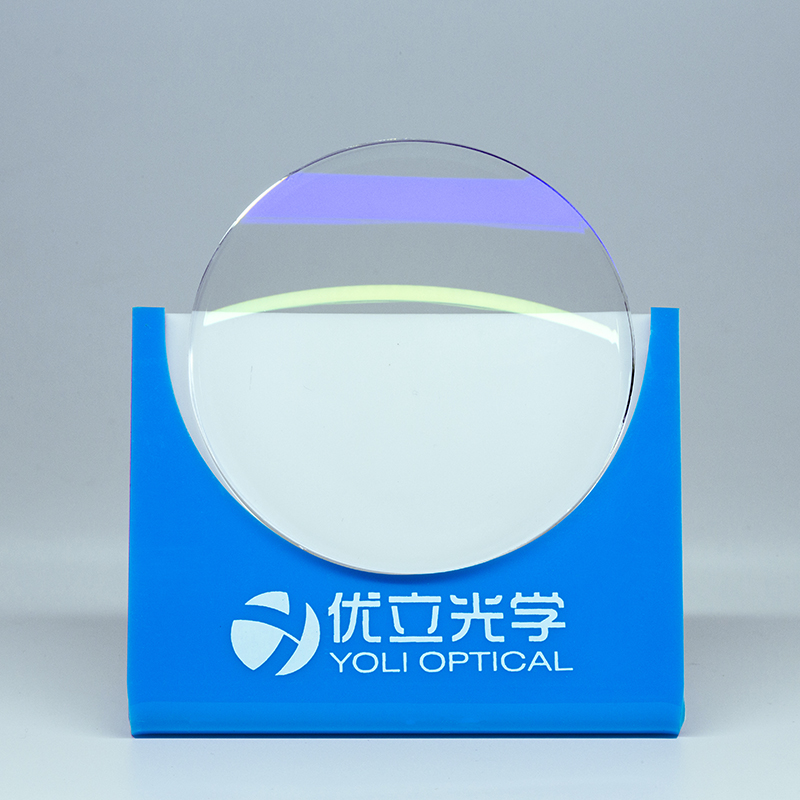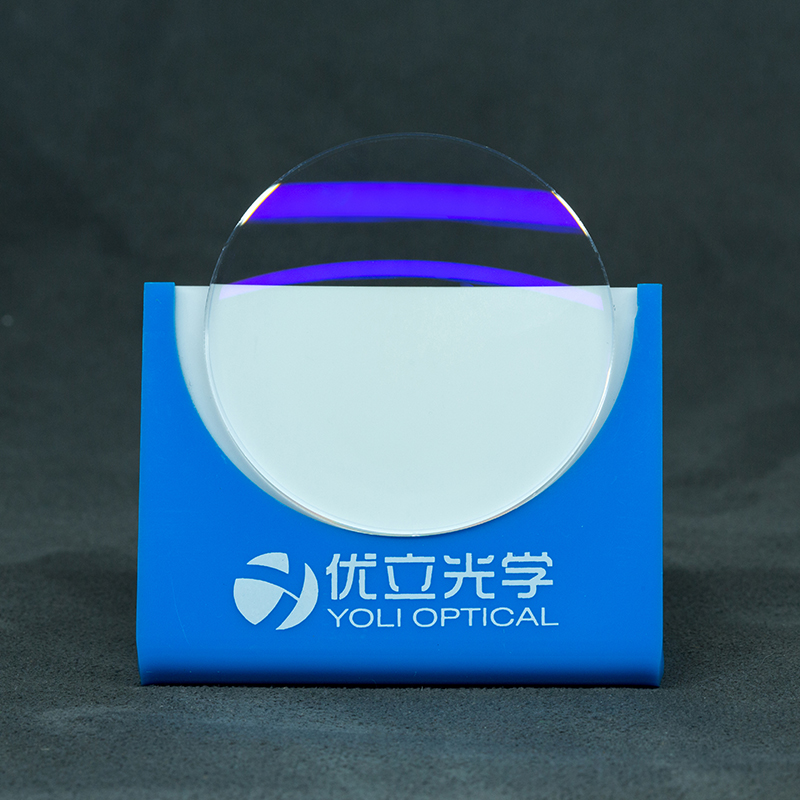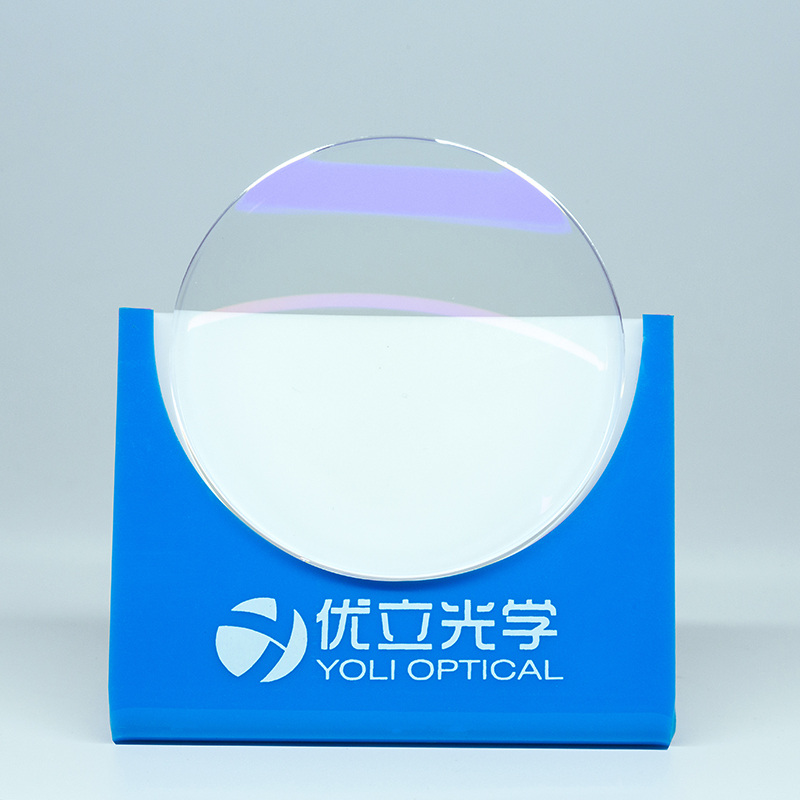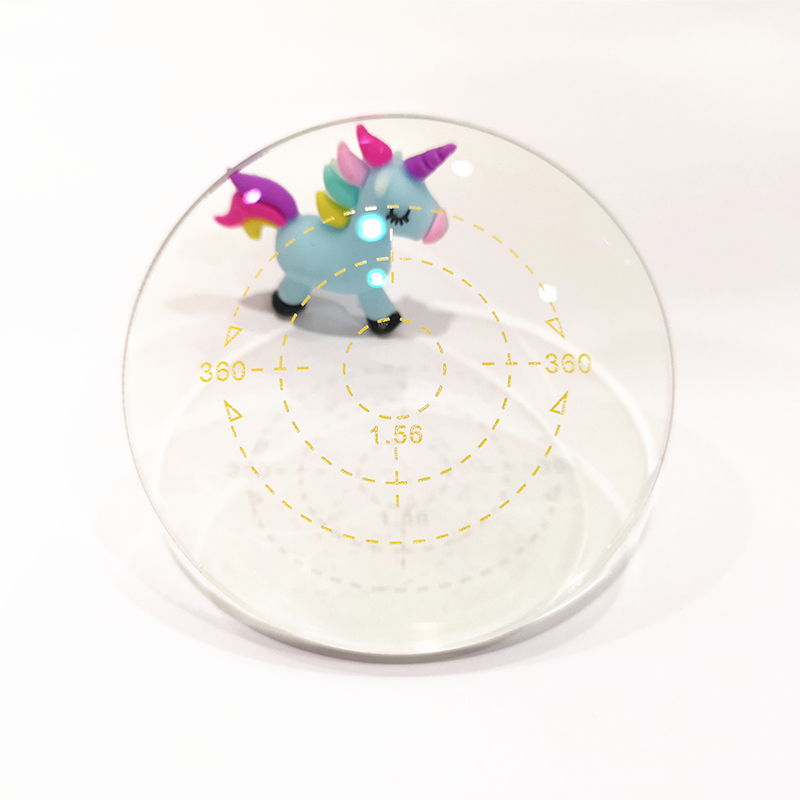
Wholesale Anti Blue Light Optical Lens Factories – Protect Your Eyes with 1.56 Anti Blue Light Lenses AR Green – YOLI
Wholesale Anti Blue Light Optical Lens Factories – Protect Your Eyes with 1.56 Anti Blue Light Lenses AR Green – YOLI Detail:
The Differences Between 1.50 and 1.56 Lenses?
The difference between 1.56 mid-index and 1.50 standard lenses is thinness.
Lenses with this index reduce lens thickness by 15 percent.
Full-rim eyewear frames/glasses worn during sports activities are most suitable for this lens index.
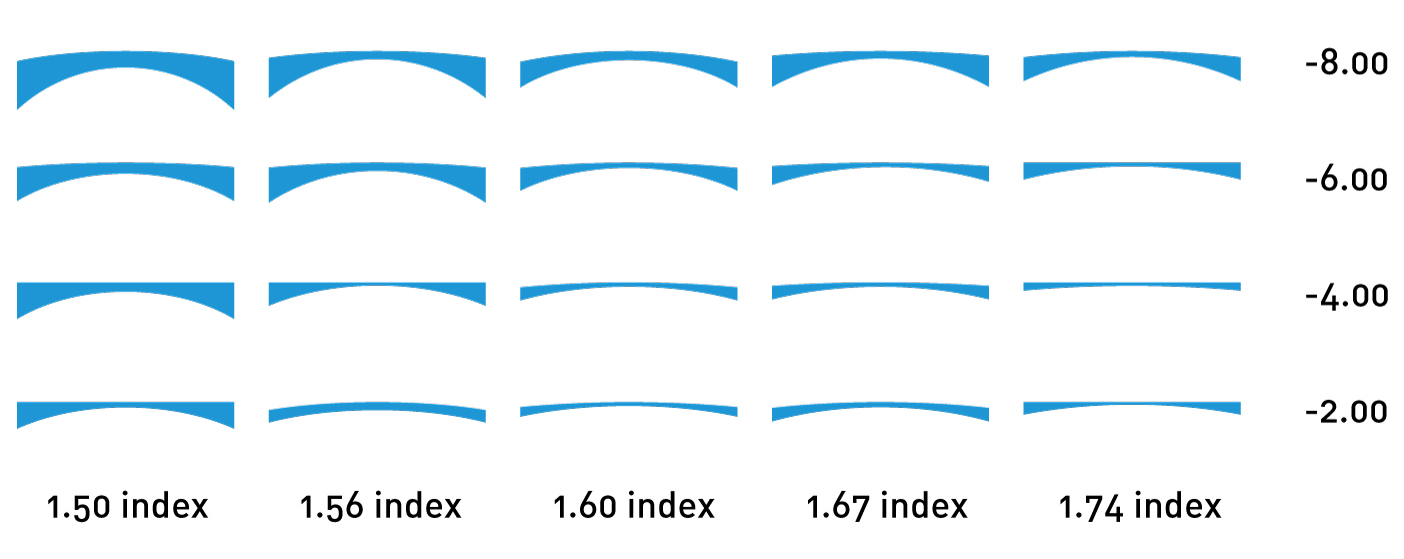
Be prepared with these correct blue filter lenses

Aspheric lens advantages
Generally speaking, the spherical lens is thicker; the imaging through the spherical lens will deform.
The aspheric lens, is thinner and lighter, and make a more natural and realistic image.
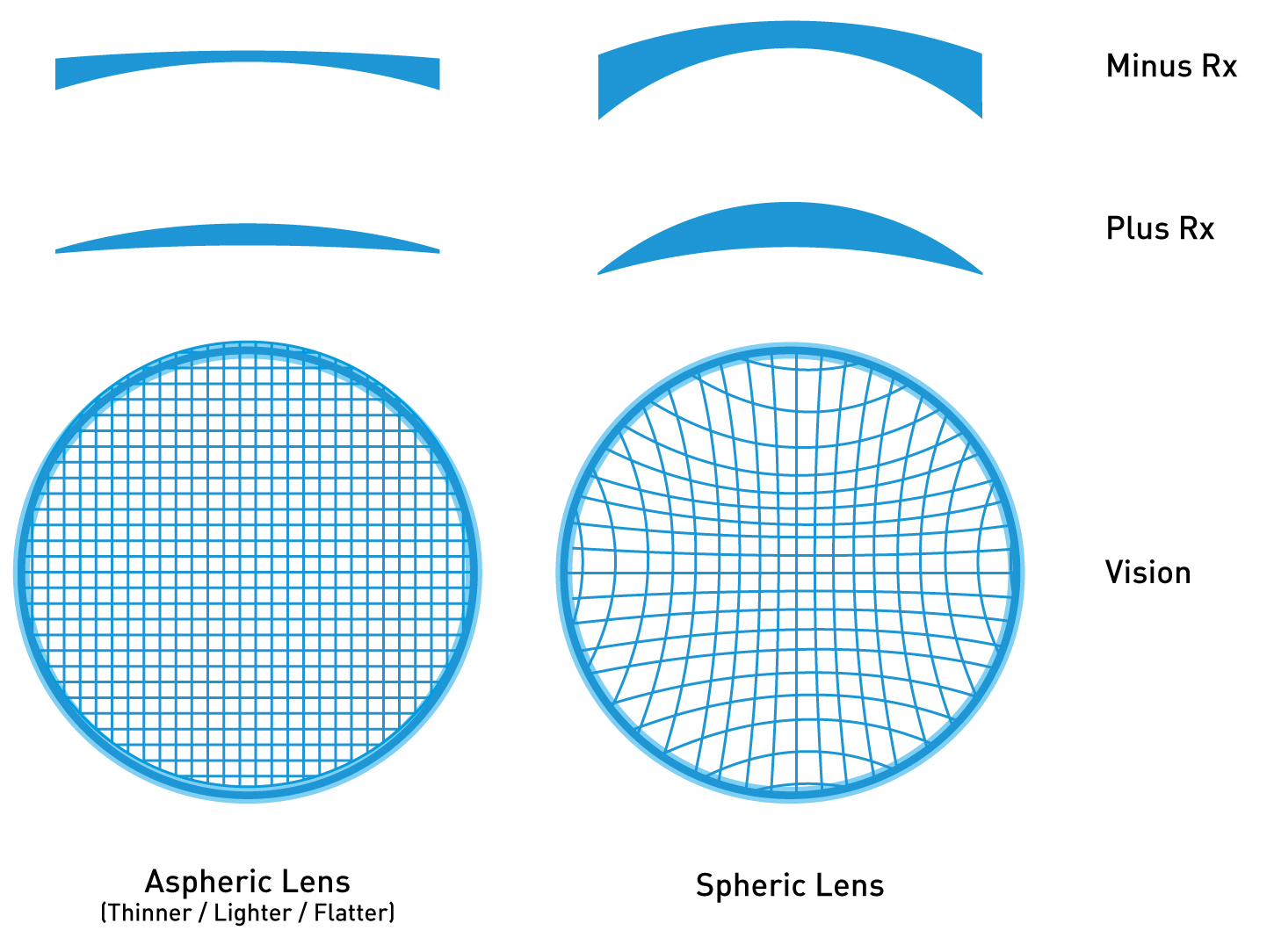
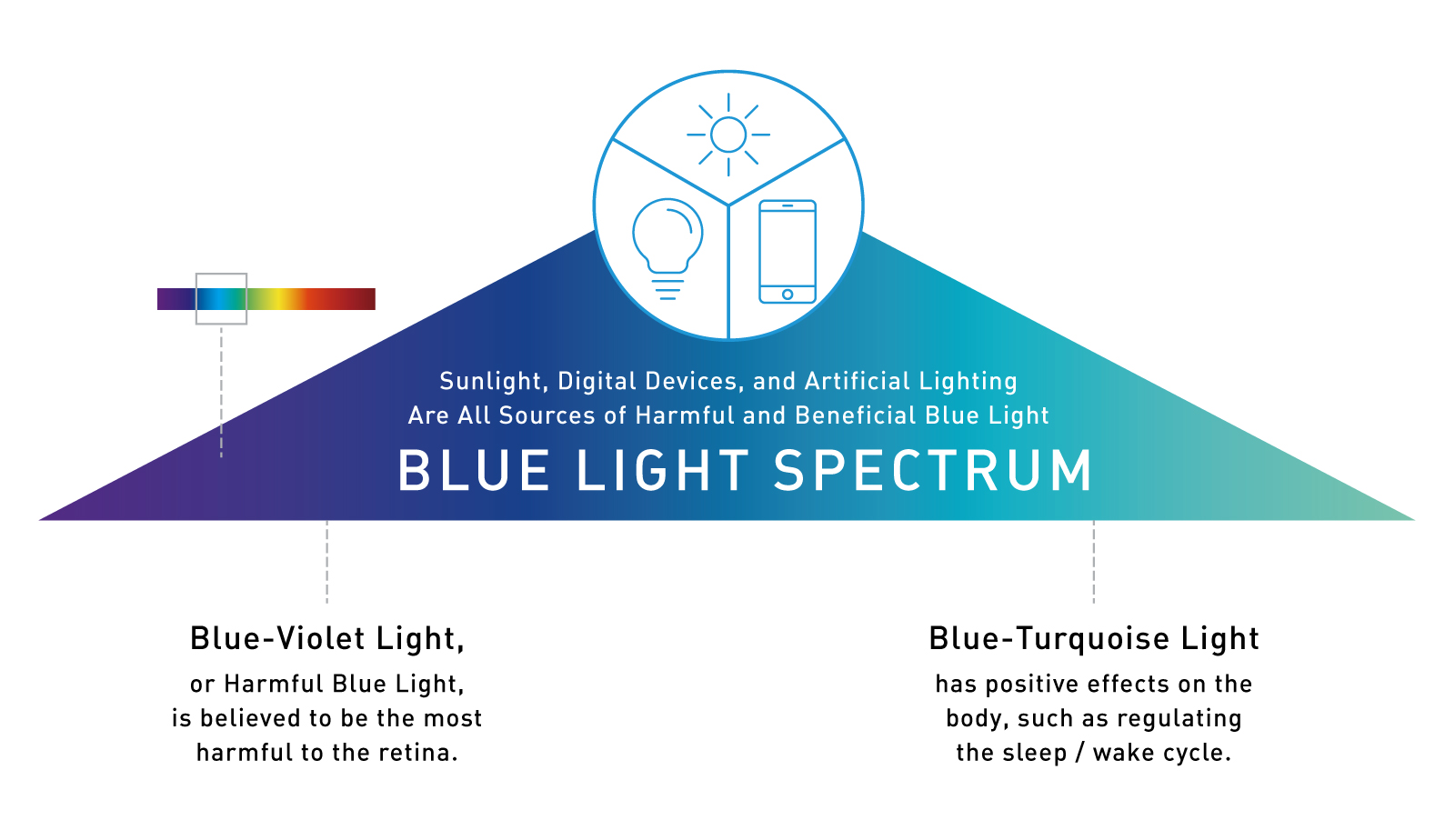
What is Blue Light?
Sunlight is made up of red, orange, yellow, green, blue, indigo and violet light. When combined, it becomes the white light we see. Each of these has a different energy and wavelength. Rays on the red end have longer wavelengths and less energy. On the other end, blue rays have shorter wavelengths and more energy. Light that looks white can have a large blue component, which can expose the eye to a higher amount of wavelength from the blue end of the spectrum.
Key Points About Blue Light
1. Blue light is everywhere.
2. HEV light rays make the sky look blue.
3. The eye is not very good at blocking blue light.
4. Blue light exposure may increase the risk of macular degeneration.
5. Blue light contributes to digital eye strain.
6. Blue light protection may be even more important after cataract surgery.
7. Not all blue light is bad.
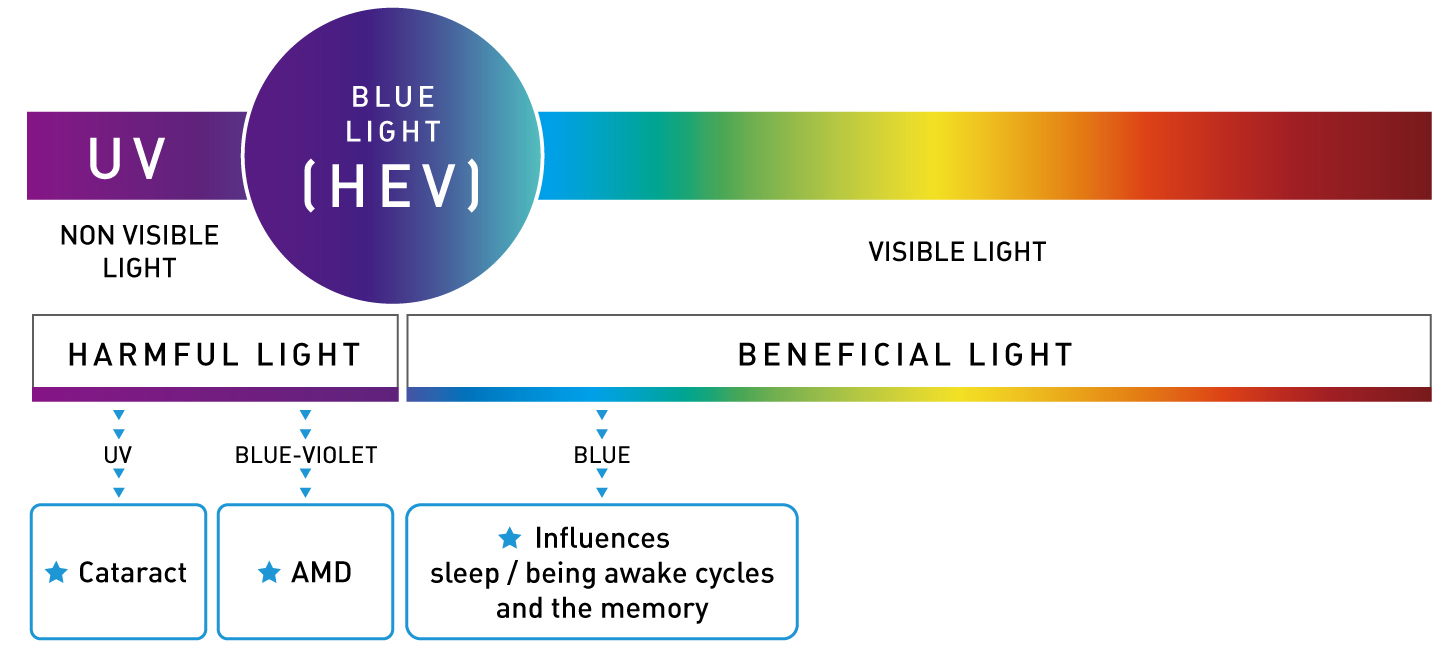
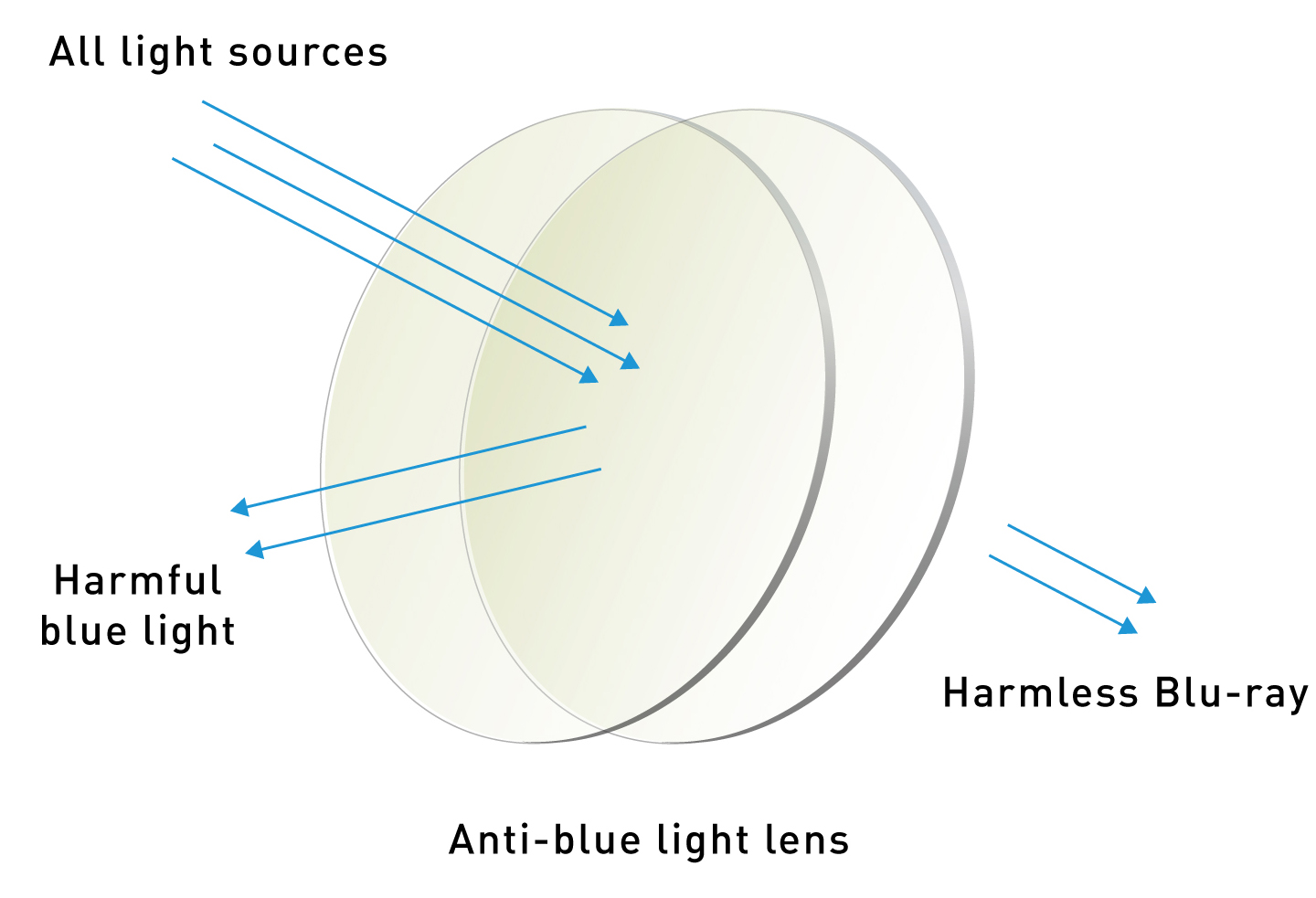
How Blue Light Reducing Lenses Can Help.
Blue light reducing lenses are created using a patented pigment that is added directly to the lens before the casting process. That means the blue light reducing material is part of the entire lens material, not just a tint or coating. This patented process allows blue light reducing lenses to filter a higher amount of both blue light and UV light.
Product detail pictures:
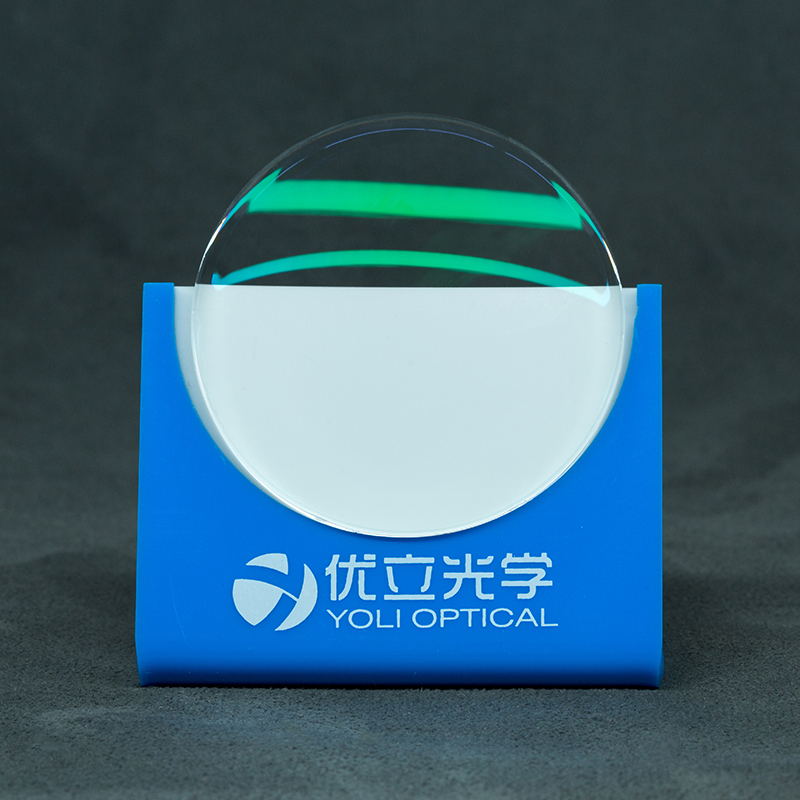
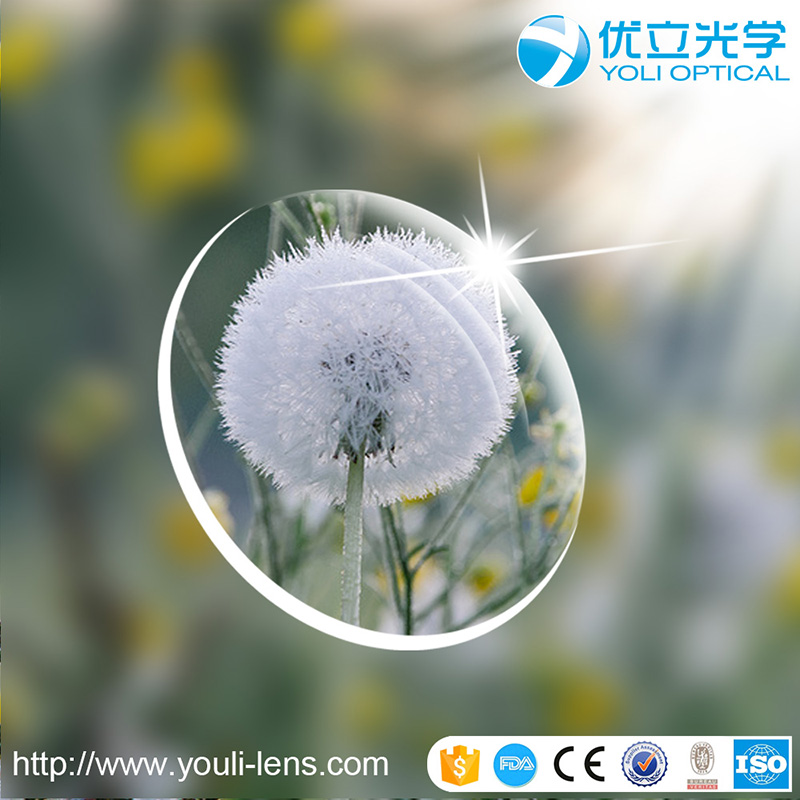
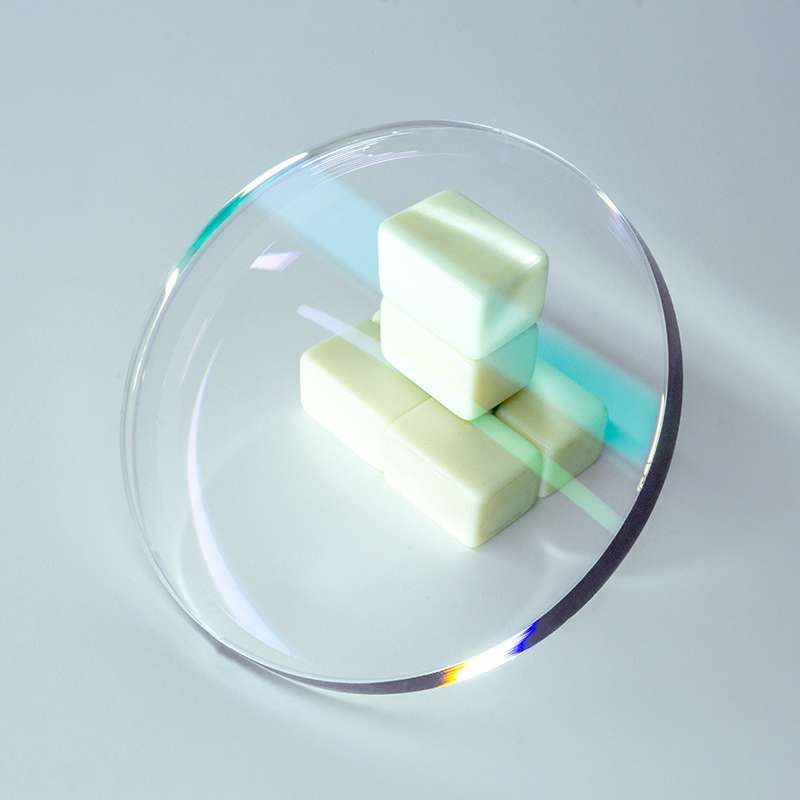

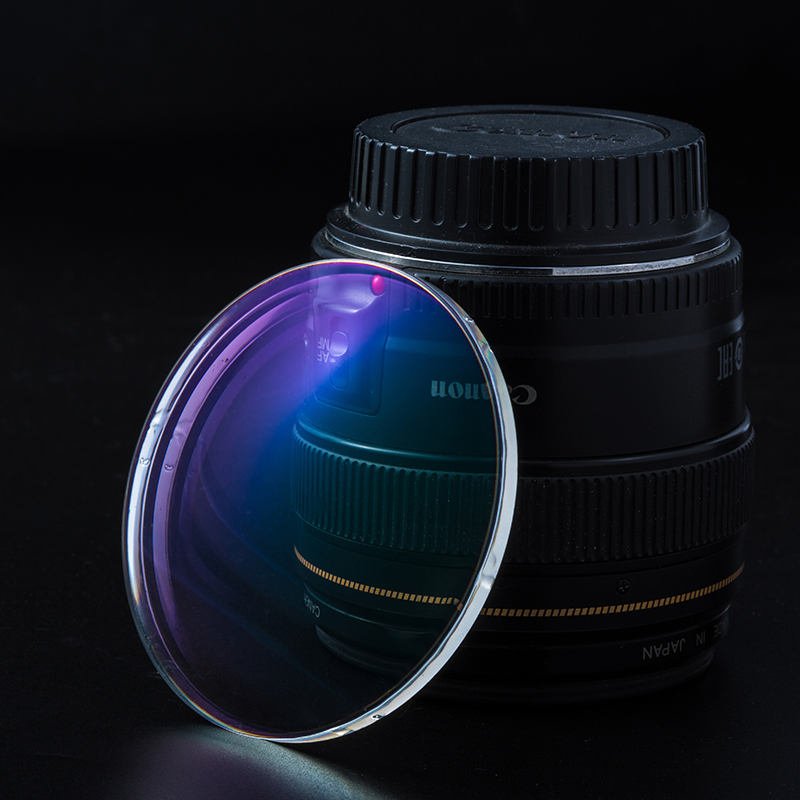
Related Product Guide:
We believe that long time period partnership is a result of top of the range, value added services, rich expertise and personal contact for Wholesale Anti Blue Light Optical Lens Factories – Protect Your Eyes with 1.56 Anti Blue Light Lenses AR Green – YOLI , The product will supply to all over the world, such as: Afghanistan, Slovenia, Angola, As a way to use the resource on the expanding info in international trade, we welcome prospects from everywhere on the web and offline. In spite on the high quality items we offer, effective and satisfying consultation service is supplied by our qualified after-sale service group. Item lists and detailed parameters and any other info weil be sent to you timely for the inquiries. So please make contact with us by sending us emails or call us when you've got any questions about our organization. ou could also get our address information from our site and come to our enterprise. We get a field survey of our merchandise. We are confident that we'll share mutual accomplishment and create solid co-operation relations with our companions within this market place. We're seeking forward for your inquiries.
We are long-term partners, there is no disappointment every time, we hope to maintain this friendship later!

